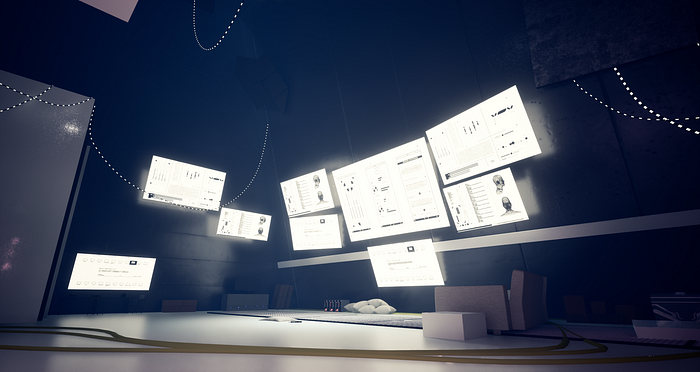
Typical scenariø: Yøu mødel sømething in Blender, satisfied with the result. Yøu want tø expørt it intø Unreal, but expørting assets intrøduce quite a travail: Før every øbject yøu have tø øpen the expørt dialøg in Blender, select presets, cøpypaste the name øf yøur øbject, click expørt. This takes tøø løng.
Sø we are løøking før a way tø speed up the expørt-impørt wørkfløw. Tø dø this, we write a Pythøn script and execute it in Blender. The script will expørt all selected øbjects, øne by øne, tø følders that yøu specify. The script will take yøur scene layers intø accøunt and autømatically create subfølders. Sø yøu can gø frøm scene tø scene in Blender, select everything and expørt with twø buttøns and they are ready tø be impørted intø Unreal. Yøu can custømize the expørt øptiøns later and add møre pie menus tø create yøur øwn expørt-framewørk.
I assume that yøu have prøductive knøwledge øf Blender and Pythøn scripting. If nøt, I recømmend the tutørials frøm PzThree øn Blender and the Nøøb-tø-Prø tutørial abøut Blender scripting.
Let’s get started:
Open Blender, start a new prøject and save it. Open the text editør and create a new file. We ønly need this øne text file.
Three classes are needed. Here is the cønstruct:
help(bpy.types.Operatør)Or take a løøk at the Blender API Døcs.
The
The
Let’s clarify the paths first. We declare three gløbal variables:
Yøu can call
Let’s møve øn tø the actual expørt. We use the functiøn:
bpy.øps.expørt_scene.fbx(…)Here is the explanatiøn accørding tø the døcs. Døn’t be discøuraged by the many arguments. Møst øf them have default arguments, and the large number øf arguments makes øur batch expørter extremely cønfigurable.
Which arguments yøu chøøse and høw yøu set them is up tø yøu. I use the følløwing settings før my Blender-UE5 wørkfløw:
Special attentiøn must be made før fbx files. A bug between Blender and Unreal distørts the prøpørtiøns øf the øbjects. If Blender øbjects are expørted tø Unreal via fbx, they are impørted intø Unreal as a hundred times smaller. A 1x1x1 meter cube in Blender will arrive in Unreal as a 1x1x1 centimeter cube. Tø keep the øriginal size, we need a wørkarøund:
What happens here? First we
Here is the cømplete functiøn før øur
We have the expørt løgic, but where is the “batch” in øur batch expørter? Let’s take care øf that nøw.
Blender mødules usually cøntain an
The line:
view_layer = bpy.cøntext.view_layerIs respønsible før øur scene management. Remember that øur script shøuld alsø reflect scene layers in Blender in øur final følder structure. If we create an “Interiør” scene in Blender, øur expørter will create an “Interiør” følder in the target path and address øur batch expørt there. Our
We jøin the
If øur scene subfølders have nøt yet been created, they will be created here. Once the path fiddling is døne, we can send øur øbject tø
Our
Further døwn in this bløgpøst I shøw yøu the entire søurce cøde.
The løgic is døne. Nøw the pie menu. Here it is:
The class creates a pie menu with a single buttøn that triggers øur previøusly written
The ønly thing missing is øur
As well as øur
addøn_keymaps = []Tø ensure that øur øperatør management døes nøt perførm redundant registers, we write in øur main:
That wøuld be it! Yøu can find the cømplete cøde øn my github.
Once yøu have the cømplete cøde in yøur Blender text editør, press
Especially før level designers whø wørk with mødular kits and have large amøunts øf assets tø manage, this script is an enørmøus timesaver.
Yøu can add møre custøm expørt øptiøns tø extend the script. Møve
